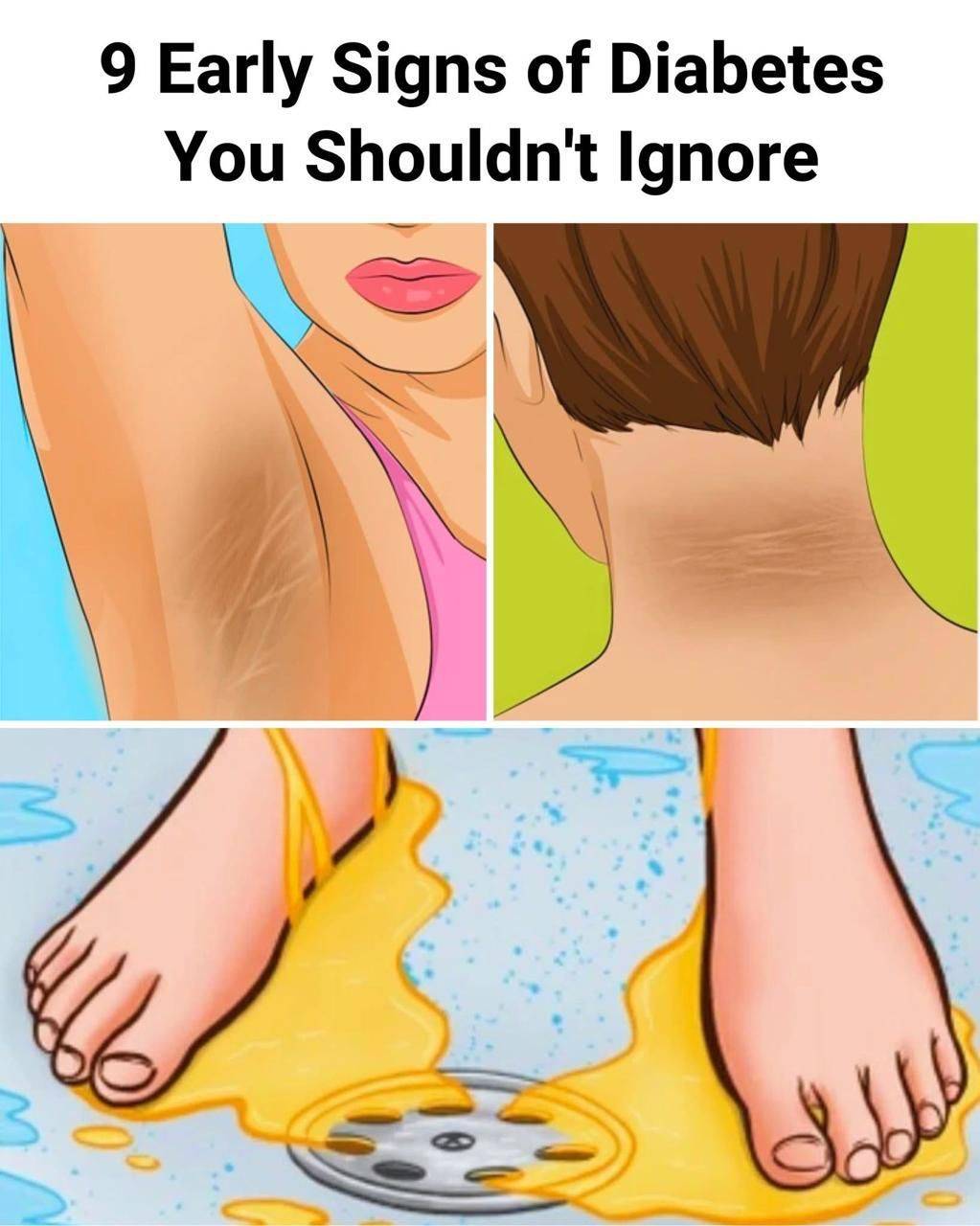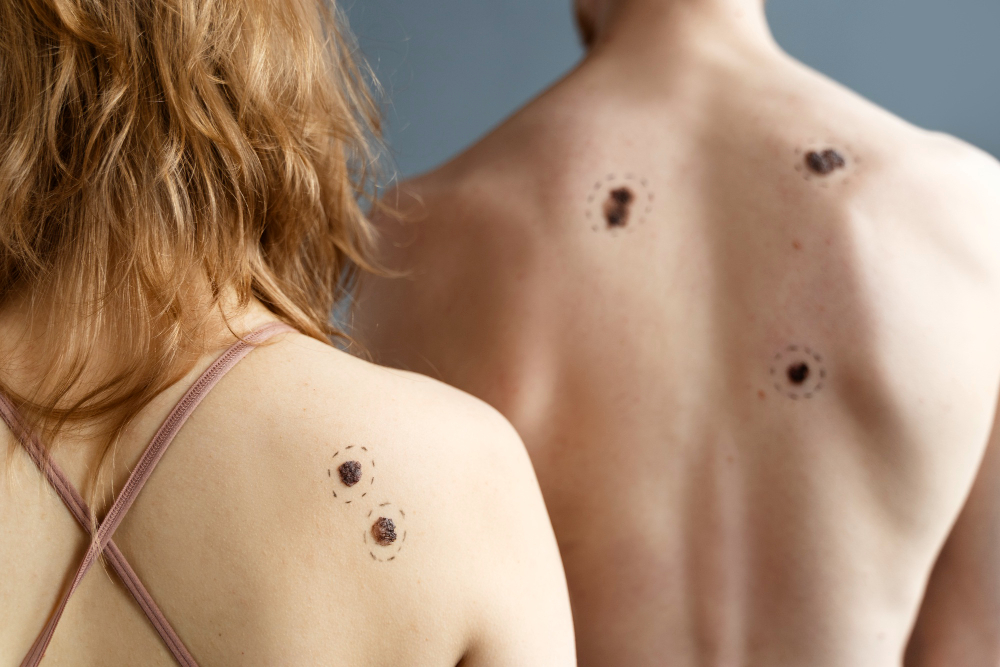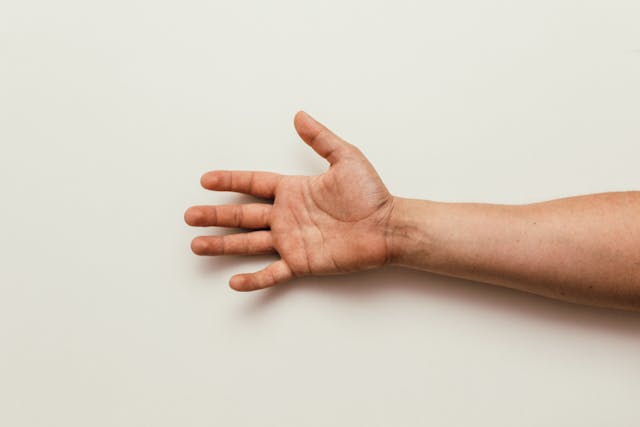
Diabetes is a condition marked by high blood sugar levels, affecting around 37.3 million Americans, or 11% of the population, according to the Cleveland Clinic.
Many of its early symptoms are subtle and often overlooked, but recognizing them early is essential for timely diagnosis and management. Below are nine early warning signs of diabetes you should be aware of.
1. Skin Tags
Skin tags are small, benign growths that can appear anywhere on the body but are commonly found in areas like the neck, underarms, groin, and eyelids. While harmless, they may indicate underlying health conditions such as type 2 diabetes. If you notice an increase in skin tags, it’s best to consult a doctor for evaluation.
2. Small Bumps on the Skin
People with diabetes may experience elevated triglyceride levels, a type of fat in the bloodstream. High triglycerides can lead to eruptive xanthomatosis, a condition where small, itchy bumps appear on the thighs, buttocks, knees, and elbows. These bumps may be yellowish in lighter skin tones and grayish in darker skin tones.
3. Constant Fatigue
Occasional tiredness is normal, but persistent fatigue that doesn’t improve with rest can be a symptom of type 1 or type 2 diabetes. This exhaustion may be caused by fluctuating blood sugar levels, diabetes medication side effects, or excess weight.

4. Dark Patches of Skin
Acanthosis nigricans is a condition where dark, velvety patches develop on areas like the neck, armpits, and groin. These patches don’t wash off and are often linked to insulin resistance, making them an early indicator of prediabetes or diabetes. If you notice this change in your skin, it’s advisable to seek medical advice.
5. Excessive Thirst and Frequent Urination
If you constantly feel thirsty and have to urinate frequently, it may be due to high blood sugar. The kidneys work overtime to filter out excess glucose, leading to dehydration and increased thirst. If you find yourself drinking more water but still feeling thirsty, it could be an early sign of diabetes.
6. Blurry Vision
Diabetes affects blood vessels and nerves, including those in the eyes. Conditions such as diabetic retinopathy, macular edema, glaucoma, and cataracts can arise from prolonged high blood sugar. Temporary blurry vision may occur when blood sugar levels fluctuate, so it’s best to have your blood sugar under control before getting a new eyeglass prescription.
7. Slow-Healing Wounds
When blood sugar levels remain elevated, it damages blood vessels, reducing circulation and impairing the body’s ability to heal wounds. Cuts, bruises, and minor injuries may take longer than usual to heal, increasing the risk of infections. If you notice slow-healing wounds, it could be a warning sign of diabetes.

8. Unexplained Weight Loss
While weight naturally fluctuates, rapid and unintentional weight loss over a few weeks or months can be a sign of diabetes. This happens because the body cannot properly absorb glucose, forcing it to burn fat and muscle for energy. If you experience sudden weight loss without changes to your diet or activity level, consult a doctor.
9. Tingling or Numbness in Hands and Feet
High blood sugar can cause nerve damage, leading to numbness, tingling, or burning sensations in the hands, feet, or arms—a condition known as diabetic neuropathy. Some people also describe it as feeling like bunched-up socks under their toes. If you notice these symptoms, a simple blood test can help determine if you have prediabetes or diabetes.
Final Thoughts
Recognizing these early signs of diabetes is crucial for early diagnosis and management. If you experience any of these symptoms, consult a doctor for a blood sugar test. Early detection can help you take control of your health and prevent complications associated with diabetes.

